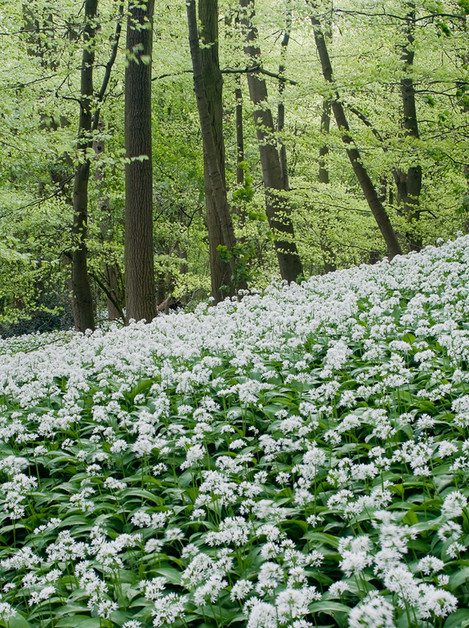The Bluebell Alternative

Paul Moon
Paul Moon is a landscape photographer from East Yorkshire and has spent 18 years documenting the Yorkshire Wolds - the UK's most northerly mainland chalk upland. It is known for its steep sided dry chalk dales which spread for miles throughout the area.
As spring fast approaches and we start to become tired of the damp winter weather we’ve had and in England, some of us start to plan trips out to photograph the new growth in woodlands. Whilst most photographers are keen to bag some lovely bluebells shots around the country I’ve decided to highlight a beautiful spring-flowering plant that I’m very familiar with, the ramson or wild garlic.
A close relative of the chive and onion family, Allium Ursinum (to give it its Latin name) is a widespread sight in many woodlands throughout the UK and Europe, especially ancient broad-leaved woodlands. In spring its carpet of dark green leaves produces bright white flowers in an ‘umbel’ from one tall stem. These generally last two to three weeks and after pollination turn to seed heads.
Throughout the centuries it has been used as a food source and can be used as a salad leaf, crushed to form pesto and as a garnish. It has become a bit of a trendy ingredient with many contemporary chefs. Its flowers and bulbs are also edible but disturbing the bulbs is not recommended. The leaves and flowers are strong flavoured and quite peppery.
I’m very fortunate in that where I live, in East Yorkshire, I have a large woodland five minutes walk across a field to some of the best wild garlic displays I’ve seen. I also have a couple of other woodlands close by with decent amounts too. This has given me ample opportunity to explore and photograph the garlic in all sorts of conditions over many years. Quite often the flowers don’t bloom as well as they do in some years. Dry weather in spring isn’t great for the bulbs to produce the white flower heads but a damp spring can have a dramatic effect with masses of blooms covering every part of the woodland. The blooming of the garlic can also coincide with the flowering of bluebells and although my local woodland only has a few bluebells they can sometimes add a splash of colour. The early growth of beech and oak leaves with their bright yellowy greens can also give a lovely contrast to the dark magenta greens of the garlic leaves.


